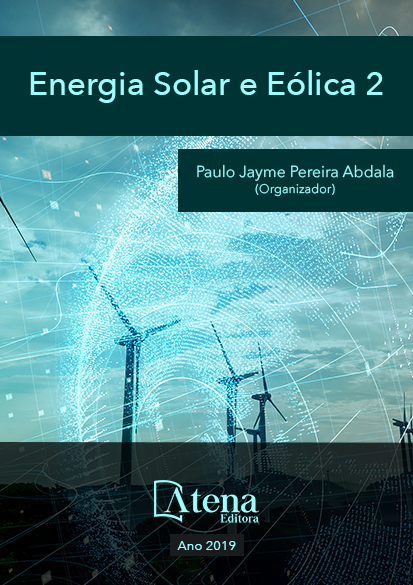
IMPACTO DA LEI PALMAS SOLAR NA ANÁLISE FINANCEIRA DA MICROGERAÇÃO FOTOVOLTAICA EM PALMAS - TO
Após a regulamentação dos
sistemas de geração distribuída em 2012,
por meio da Resolução Normativa nº 482 da
ANEEL (Agência Nacional de Energia Elétrica),
atualizada em 2015 pela Resolução Normativa
nº 687 de 24 de novembro, os Sistemas
Fotovoltaicos Conectados à Rede (SFCR)
têm ficado cada vez mais atrativos devido às
quedas frequentes nos custos dos sistemas
e às altas periódicas nas tarifas de energia.
Nesse sentido, este artigo realiza o estudo do
impacto da Lei Palmas Solar, que incentiva a
inserção de SFCR no município de Palmas -
TO, na viabilidade econômica dos sistemas
de Microgeração Distribuída. Para isso,
inicialmente é realizado o estudo do tempo de
retorno financeiro e, na sequência, é realizada
uma análise comparativa entre se investir no
SFCR ou em uma aplicação de renda fixa. Os
resultados aqui apresentados mostram que a economia gerada pelo SFCR pode fazer este
sistema se pagar entre 33 e 69 meses e que o
valor acumulado investindo-se em um SFCR à
longo prazo pode ficar até 4,4 vezes maior que
o valor acumulado investindo em renda fixa. Os
resultados também mostram que os incentivos
da Lei Palmas Solar podem fazer o sistema se
pagar até 32 meses mais rápido.
IMPACTO DA LEI PALMAS SOLAR NA ANÁLISE FINANCEIRA DA MICROGERAÇÃO FOTOVOLTAICA EM PALMAS - TO
-
DOI: 10.22533/at.ed.6741922016
-
Palavras-chave: Energia Solar, Viabilidade, Microgeração.
-
Keywords: Solar energy, Feasibility, Microgeneration
-
Abstract:
After the regulation of the
distributed generation systems in 2012 by
ANEEL Normative Resolution No. 482 (National
Agency for Electric Energy), and updated by
Normative Resolution No. 687 of November
24, 2015, grid-connected Photovoltaic Systems
(SFCR) have become increasingly attractive for
the frequent falls in system costs and periodic
increases in energy tariffs. In this sense,
this article studies the impact of the Palmas
Solar Law, which stimulates the inclusion of
SFCR in the municipality of Palmas-TO, in
the economic viability of these systems. For
this, the study of the time of financial return is
initially carried out, and a comparative analysis is then carried out between whether to invest in the SFCR or in a fixed income
application. The results presented here show that the SFCR-generated economy
can make this system if it repays between 33 and 69 months and that the value
accumulated by investing in a long-term SFCR can be up to 4.4 times greater than the
accumulated value by investing in fixed income. They also show that the incentives
of the Palmas Solar Law can make the system pay itself up to 32 months faster.
-
Número de páginas: 15
- Isamara Quirino de Castro Carlos


